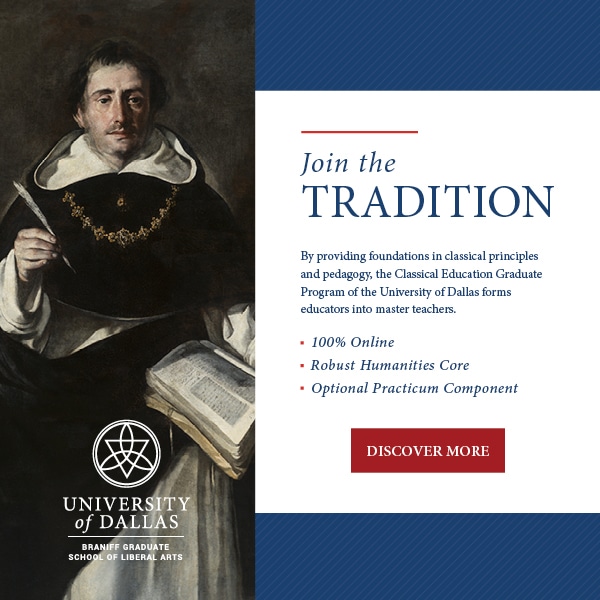Teach Like a Five Star Chef
Why It's Time to Re-think Our Approach to Teaching Literature

Nestled in an old waterfront warehouse near Copenhagen’s Greenlandic Trading Square, which for hundreds of years was the center of Nordic commerce, sits one of the world’s most renowned restaurants, Rene Redzepi’s Noma.
So renowned is Noma that culinary enthusiasts travel the world over just to sample Redzepi’s unique and exotic take on Nordic cuisine. For some foodies, Noma is the kind of experience sometimes referred to as “religious”. Others, who are less enthusiastic about the avant-garde nature of the men, might cynically refer to it as pretentious.
Consider: On the day I’m writing this article Redzepi’s ever-changing, seasonal, and Denmark-sourced menu consists of seventeen courses, or plates. Among them are fermented wild plums and wild beach roses; asparagus, berries, and seaweed; Monkfish liver; vegetable flowers; and sweet shrimps wrapped in ramson leaves. This is what you get when you eat at Noma. Which is to say, there are no other choices. You eat what they serve, in the order they serve it, and none of the courses are served on the same plate.
I imagine eating at Noma is a strange but exhilarating experience, like watching a truly avant garde art-house film, or diving, for the first time, into The Wasteland. The culinary equivalent of jumping from a great height into a deep pool.
Now I’m not writing merely to call attention to the unique character of this famous menu itself – or to suggest that we should all drop everything and start brining berries in vinegar for a year (though we probably should). But I do think we ought to contemplate what Redzepi’s careful and selective approach to the culinary arts has to say to us educators. That is, the menu isn’t the point exactly. The restaurant’s approach to cooking, eating, and food enthusiasm is.
There is, of course, an altogether different approach to eating with which we are all familiar, a uniquely American approach most commonly defined by the all-you-can-eat buffet: that symbol of American prosperity wherein you can stuff yourself with as much Ribeye, mashed potatoes, and salad (of every variety but the leafy green kind) as possible, all for the low-low price of two lattes.
On the one hand we have the perhaps pretentious but certainly conscientious approach of an artist who cares deeply about the nature of his ingredients, their relationships, and what they taste like in and of themselves. On the other hand we have the consumerist approach, driven more by the eater than the nature of the food.
I don’t mean to suggest that one approach is inherently better for all people (and in fact remember fondly going to the buffet with my grandpa and enjoying the mess out of it). But I do admit that my preference is probably clear. And I realize that these two examples are extremes.
But only one of these approaches can reveal, for the attentive eater, the true nature of the food he is enjoying. Indeed, I would argue that only one of these approaches can lead to true enjoyment, to real pleasure. It’s not possible to truly enjoy a food when the purpose of the meal (the preparation, the presentation) is to get onto the next thing.
And here’s where education comes into the conversation.
As teachers we are, far too often, consumed with, well, getting on to the next thing, with quantity over quality, if I may appropriate the cliche’. This is especially true with literature where our recognition that there are too many books and too little time leads us to stuff the curriculum with a smorgasbord of literary classics. We fear our students will miss out on something (truth is, we fear this for ourselves) so we create a menu of books for our students to consume as quickly as possible. On to the next. And in so doing we ruin the experience for all but a few students, the ones who are inclined towards fast reading anyway.
What’s worse, we teach them to read this way all the time. Instead of teaching them to linger over a work, as you might a carefully crafted and presented duck confit and a glass of precious red wine, we tacitly suggest that a book exists to be consumed and set aside and shelved, like a trophy.
What if we approached our teaching, and, in particular our teaching of literature, like a chef who carefully and artistically plates each dish in a multi-course meal?
What if we sought to create a transcendent, even “religious”, experience with literature. These are, after all, the greatest plates in world history, literary dishes which have stood the test of time. With their help we need to prepare literary feasts that cultivate in our students the ability to linger and contemplate rather than consume and in so doing their tastes will be cultivated and their palettes will be developed.
From a gastronomical standpoint it’s been proven that the slower eating of smaller plates is more healthy. That’s why French people can eat French food and still look like French people. But I suspect the same principle applies to the student for whom an all-you-can-eat approach to Great Books can lead to a bloated sense of accomplishment and a distorted sense of what delicious actually tastes like.
This is one of the great tragedies in all of teaching.
Very likely it would be an impossible goal, and therefore a bad idea, to try to create a Noma-like literature curriculum. There’s a middle-ground, just as there is in the culinary world. And I suspect that middle ground varies from child to child, teacher to teacher, book to book. But there are principles that such an approach should have, principles which should apply to our eating as well:
- It must leave room for contemplation, reflection, and discussion
- It ought to involve as many senses as possible
- It should be experienced in community and with appreciation for the artist
In books, as in food, these goals are simply not attainable if we try to consume too much.
As teachers we are chefs and as such it’s our prerogative and our glory to guide our eaters towards the most delicious fare prepared in the best way. The Great Books help us do this. But, no matter how pretentious it might seem at first, we must seek to expand tastes and clarify palettes so that our students can discover in their reading the kind of pleasure usually reserved for a sacred experience.
The kind of joy you get when you take that first bite of the best meal you have ever had.
You close your eyes and you let the flavors take over and you linger for a moment. And you nod a bit and then you say, “wow, that’s good.”
** The photo used at the top of this post is from Redzepi’s cookbook, Noma: Time and Place in Nordic Cuisine, and the photograph was taken by Ditte Isager.











